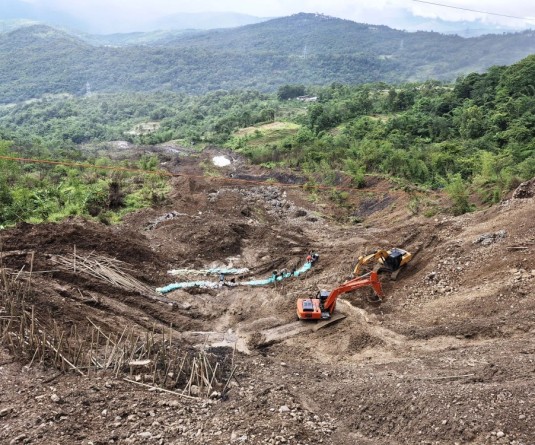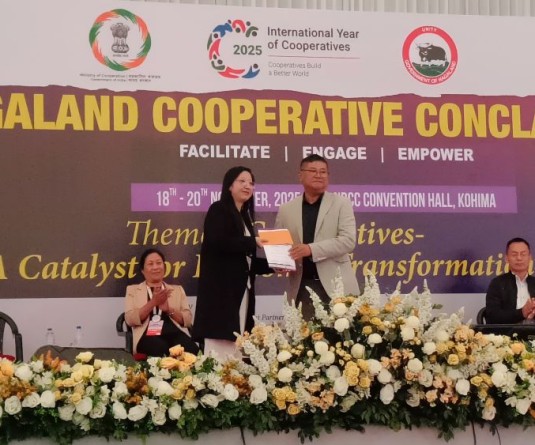
Morung Express News
Dimapur | June 9
 High energy consumption and global warming today stand in the way of the future of planet Earth. World leaders are faced with the predicament of keeping the economy running and simultaneously looking at ways and means to methodically reduce energy consumption, which, as research indicate, would put the brakes on climate-changing carbon emissions.
High energy consumption and global warming today stand in the way of the future of planet Earth. World leaders are faced with the predicament of keeping the economy running and simultaneously looking at ways and means to methodically reduce energy consumption, which, as research indicate, would put the brakes on climate-changing carbon emissions.
Like the global leaders, consumers are also an equally petrified lot, worried over rising energy costs and in many regions, including Nagaland, scarcity of energy.
While the powers that be manoeuvre against time to combat climate change, ordinary consumers can do its bit by inculcating a tradition of energy-saving practices at the home front.
The Bureau of Energy Efficiency (BEE) of the Union Ministry of Power is one such agency tasked with the job of energy conservation in coordination with designated state-level nodal agencies.
As the state nodal agency, the Electrical Inspectorate, Nagaland conducted an awareness programme on Energy Efficiency Measures and BEE Star Labelling in Dimapur on June 9 with dealers in electrical appliances and electrical contractors in attendance.
The objective of the programme was to increase awareness level on BEE ‘Star Labelled’ products amongst dealers and distributors. The BEE Standards and Labelling Programme further provides consumers an informed choice about the cost-saving potential of marketed household electrical appliances.
Resource persons from Novo Tech Environmental Engineering, Kolkata were on hand highlighting why dealers should market BEE labelled products and how important it is for dealers to inform consumers on the energy efficiency of the products they sale.
A standards and labelling system based on a 5-star scale was introduced by the BEE in 2006, as envisioned in the Energy Conservation Act, 2001. Following this, manufacturers were mandated to attach clearly visible informative labels on products indicating energy consumption level of an electrical appliance, for example – refrigerator. According to the ratings system, the more the stars, greater would be the energy efficiency of an appliance.
The resource persons quoting research said that an appliance of the same kind marketed by different manufacturers would give varying degree of energy consumption. An informed choice would not only cut electricity costs for the buyer in the long term but also reduce energy consumption overall. While affordability plays a big role, it was added that ultimately 80 percent of buying and using an electrical appliance would involve paying for electricity to power the appliance.
IV Chishi, Chief Electrical Inspector, Nagaland held that purchases are largely driven by cost of a product. However, he added, “We tend to overlook the cost of using the appliance (paid in instalments in the form of electricity bill).” “An important factor that must be understood is how much electricity the appliance will consume once it is purchased.”
“Energy labelling,” he said is one of the most cost effective policy tool for improving energy efficiency and lowering energy costs for consumers; and importantly helping to reduce carbon emissions.






